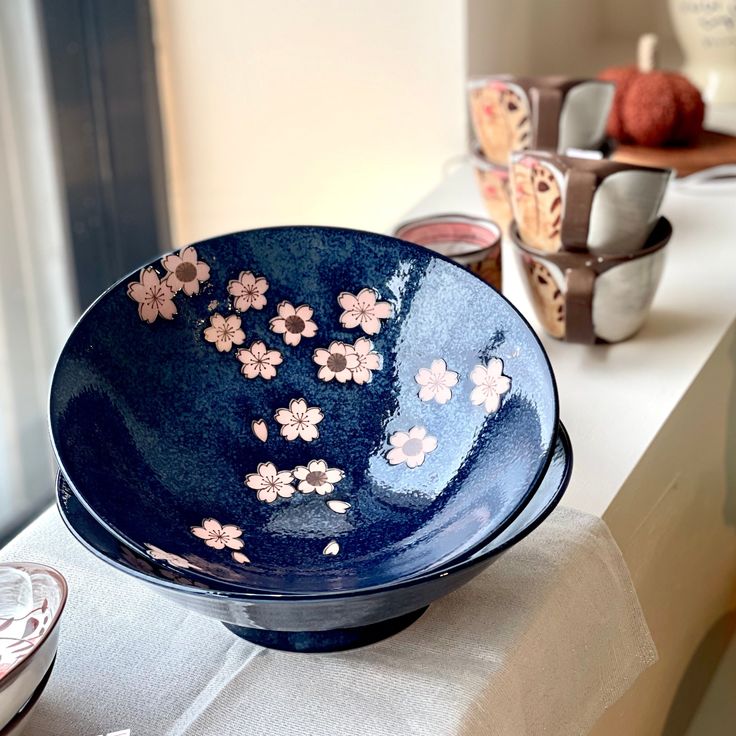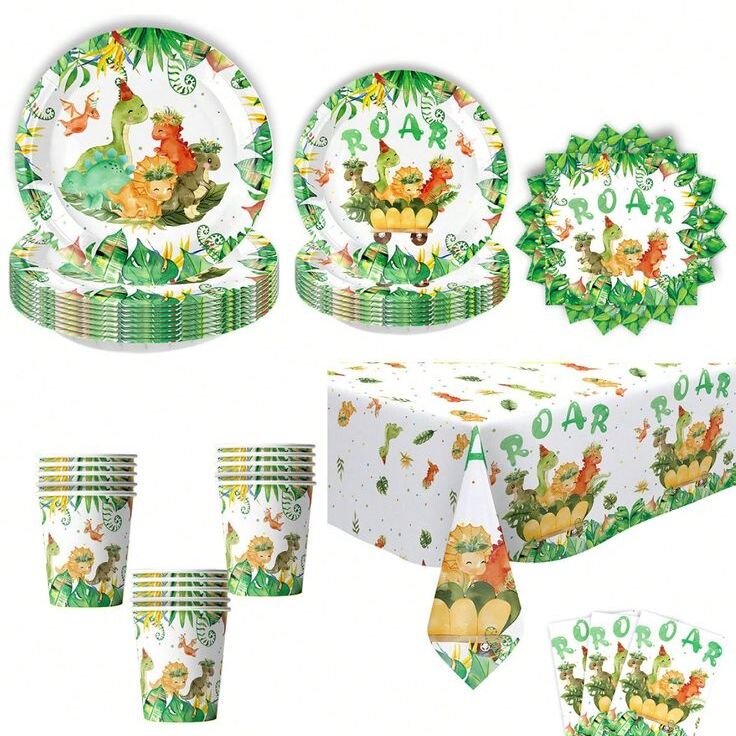When it comes to choosing the right cookware for your kitchen, understanding the titanium cookware pros and cons is crucial. Titanium cookware has gained popularity over recent years, especially among health-conscious cooks and adventure enthusiasts who seek durable and lightweight cooking solutions. This article aims to provide a thorough examination of titanium cookware, exploring its benefits and disadvantages, while comparing it to other materials in the vibrant world of cooking.
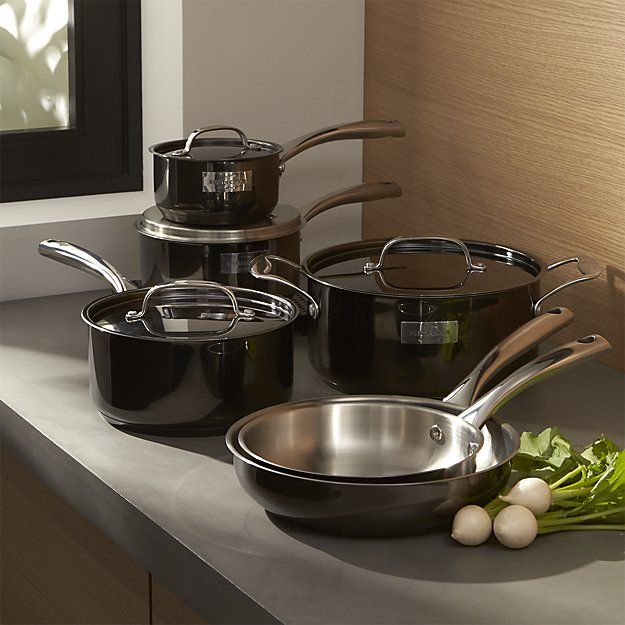
What is Titanium Cookware?
Titanium cookware is crafted from titanium or titanium-infused materials. This distinctive cookware is increasingly popular among both home cooks and professional chefs due to its unique qualities. Manufacturers often blend titanium with other metals to enhance its overall performance and durability.
One of the most notable features of titanium cookware is its exceptional strength. They are resistant to warping and scratching, allowing for long-lasting use. This means that titanium pots and pans can endure the rigors of daily cooking without showing visible signs of wear.
In addition to its strength, titanium cookware is highly resistant to corrosion. This property makes it suitable for a variety of cooking environments, including those with high humidity. You won’t need to worry about rust or degradation over time.
Another advantage of titanium cookware is its lightweight nature. This feature is particularly appealing for cooks who need to move their cookware frequently. Whether you are stirring a pot or moving it from the stovetop to the oven, titanium’s lightweight design makes it easier to handle.
Overall, titanium cookware offers a unique set of features that can significantly enhance your cooking experience, making it a worthwhile addition to any kitchen.
Pros of Titanium Cookware
1. Durability
One of the standout titanium cookware pros and cons is its impressive durability. Titanium is known for its resilience against scratches, dents, and warping, even under high temperatures. Unlike other materials like traditional non-stick or aluminum cookware, titanium can withstand rigorous use and prolonged exposure to heat without degrading.
2. Lightweight Design
Another major advantage of titanium cookware is its lightweight design. This feature is particularly beneficial for those who frequently cook or travel outdoors, as carrying heavy pots and pans can be cumbersome. If you are an avid camper or hiker, using lightweight titanium cookware can reduce your overall load while providing reliable cooking performance.
3. Non-reactive Surface
Titanium cookware offers a non-reactive cooking surface, which means it won’t interact with acidic or alkaline foods. This quality is essential for preserving the taste and nutritional value of your meals. Chefs often prefer non-reactive surfaces when cooking delicate recipes that require precision, such as sauces or marinades.
4. Corrosion Resistance
Another of the important titanium cookware pros and cons is its corrosion resistance. Unlike stainless steel or cast iron, titanium cookware does not rust or corrode over time. This quality makes it an excellent choice for those living in humid environments or near the coast.
5. Easy Maintenance
Caring for titanium cookware is generally straightforward. Many titanium pots and pans come with a non-stick surface, making them easy to clean. You can typically wash them with mild soap and a non-abrasive sponge. Additionally, since they resist scratching, there is less worry about damaging the cooking surface.
6. Efficient Heat Distribution
Titanium cookware often features a combination of materials, such as aluminum or stainless steel, to enhance heat distribution. This means that food cooks evenly, preventing hot spots that can lead to uneven cooking or burning. This feature is desirable for both novice and experienced cooks who seek consistent results in the kitchen.

Cons of Titanium Cookware
1. High Cost
One of the significant drawbacks in the titanium cookware pros and cons discussion is the price. Titanium cookware can be more expensive than other cookware options like stainless steel or cast iron. While its durability may justify the higher cost for some, it may not fit every budget. It’s essential to consider your cooking habits and needs when evaluating whether the investment is worthwhile.
2. Limited Availability
Titanium cookware is not as widely available as other common materials. While you can find many options in stores for stainless steel or non-stick cookware, titanium options may be limited to specialty kitchenware stores or online retailers. This can make finding the right product a bit challenging.
3. Not Always Truly Non-stick
While many titanium cookware pieces claim to be non-stick, not all of them perform equally. Some brands may incorporate a titanium coating with a non-stick surface, while others offer pure titanium without non-stick properties. This inconsistency can lead to confusion for consumers. You must consider product specifications carefully to ensure the non-stick performance meets your cooking needs.
4. Heat Sensitivity
Although titanium can withstand high temperatures, some titanium cookware is more sensitive to heat than others. When using titanium cookware, it is essential to learn the right temperature settings to prevent damage. Overheating can lead to food sticking or burning more easily than with other materials.
5. Weight Consideration for Some Uses
While the lightweight nature of titanium cookware is beneficial, for some, it might feel less substantial or sturdy on the stovetop compared to heavier alternatives, such as cast iron. Some cooks may prefer the heft of cast iron, which can retain heat well and stabilize while cooking.
6. Limited Cooking Techniques
Certain cooking methods may not be suitable for titanium cookware. For example, using metal utensils can scratch or damage some titanium-coated surfaces. Furthermore, high-heat techniques, like searing, may require careful attention to avoid burning food, making titanium less ideal for various cooking styles.
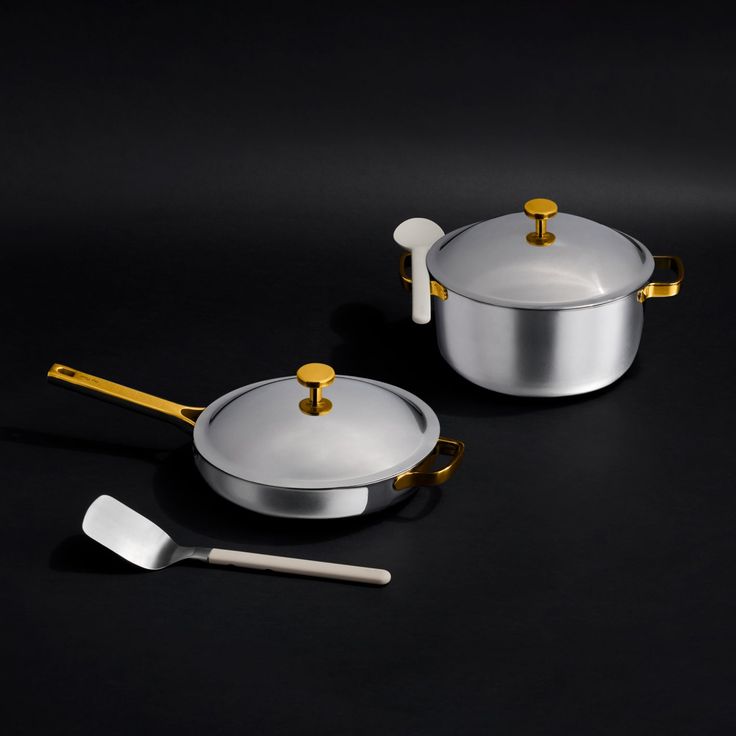
Comparing Titanium Cookware to Other Materials
In the discussion of titanium cookware pros and cons, it’s essential to compare it with other materials to clarify its strengths and weaknesses.
Titanium vs. Stainless Steel
- Durability: Stainless steel is durable, but titanium tends to be more resistant to scratching and denting.
- Reactivity: Both cookware types are non-reactive, making them safe for cooking acidic foods.
- Weight: Titanium is lighter than stainless steel, benefiting outdoor enthusiasts who prioritize weight.
- Cost: Stainless steel is generally more budget-friendly compared to titanium.
Titanium vs. Non-Stick Cookware
- Durability: Titanium is typically more durable than conventional non-stick surfaces that may degrade over time.
- Safety: Some non-stick cookware uses chemical coatings that can wear off. Titanium is often free from those chemicals.
- Performance: Both can be non-stick, but proper care is crucial for maintaining non-stick properties in titanium cookware.
Cast Iron vs. Titanium
- Weight: Titanium is much lighter than cast iron, making it easier to handle.
- Heat Retention: Cast iron retains heat exceptionally well, making it ideal for slow cooking. In contrast, titanium cookware heats up quickly.
- Seasoning: Cast iron requires seasoning to maintain its non-stick surface, while titanium often has a built-in non-stick property.

How to Care for Titanium Cookware
To maximize the lifespan of your titanium cookware, proper care is essential. Here are some important tips for maintaining your cookware:
1. Use Low to Medium Heat
When cooking with titanium cookware, it is best to use low to medium heat settings. High heat can lead to sticking or burning of food. By keeping the heat manageable, you’ll ensure even cooking and preserve the integrity of the cooking surface.
2. Choose Appropriate Utensils
To prevent scratching, always use appropriate utensils. Wooden, silicone, or plastic utensils are ideal for titanium cookware. Avoid metal utensils, as they can damage the surface and compromise the non-stick properties.
3. Wash Gently
After cooking, clean your titanium cookware with mild soap and a soft sponge. This gentle approach will help maintain the non-stick surface. Avoid using abrasive cleaners or harsh scrubbers, as these can scratch and wear down the cookware over time.
4. Store Properly
When storing your cookware, take care to separate the pieces. This will help prevent scratching and damage. If you must stack them, consider using removable liners or cloths to create a barrier.
5. Follow Manufacturer Guidelines
Lastly, always refer to the manufacturer’s guidelines for specific care instructions. Each brand may have its unique recommendations, ensuring that you get the best performance out of your titanium cookware. Following these tips will keep your cookware in great condition for many years.
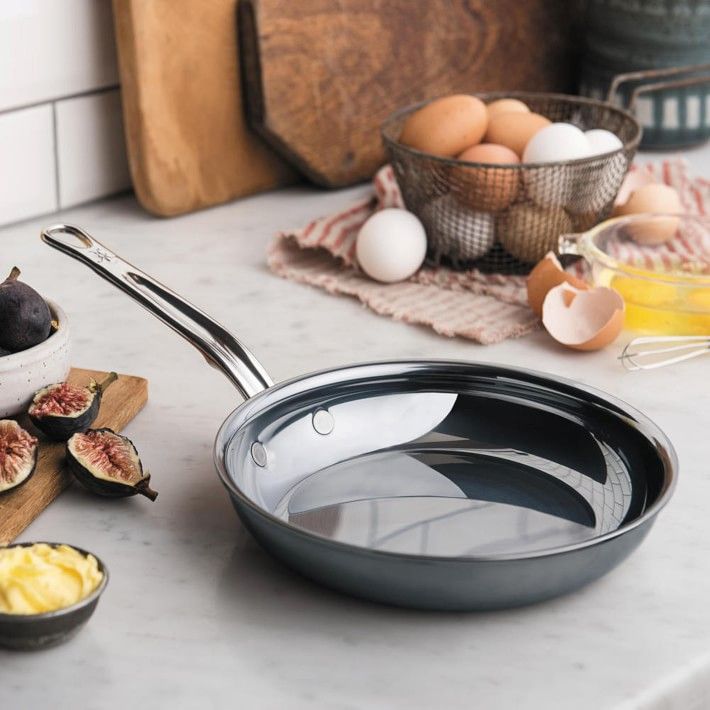
Conclusion
When exploring the titanium cookware pros and cons, it becomes clear that this material offers a range of advantages for many types of cooks. Its durability, lightweight design, and non-reactive qualities make it an attractive choice for those who prioritize quality and performance in the kitchen. However, the higher cost and potential limitations in non-stick performance necessitate careful consideration before purchasing.
By understanding the characteristics of titanium cookware, along with its strengths and weaknesses compared to other materials, home cooks can make informed decisions about their kitchen investments. Whether you are an outdoor enthusiast seeking reliable cookware or a home chef aiming for high-quality performance, titanium might be the perfect addition to your culinary collection. Ultimately, the choice requires weighing your individual cooking needs, budget, and preferences to discover whether titanium cookware aligns with your culinary lifestyle.
